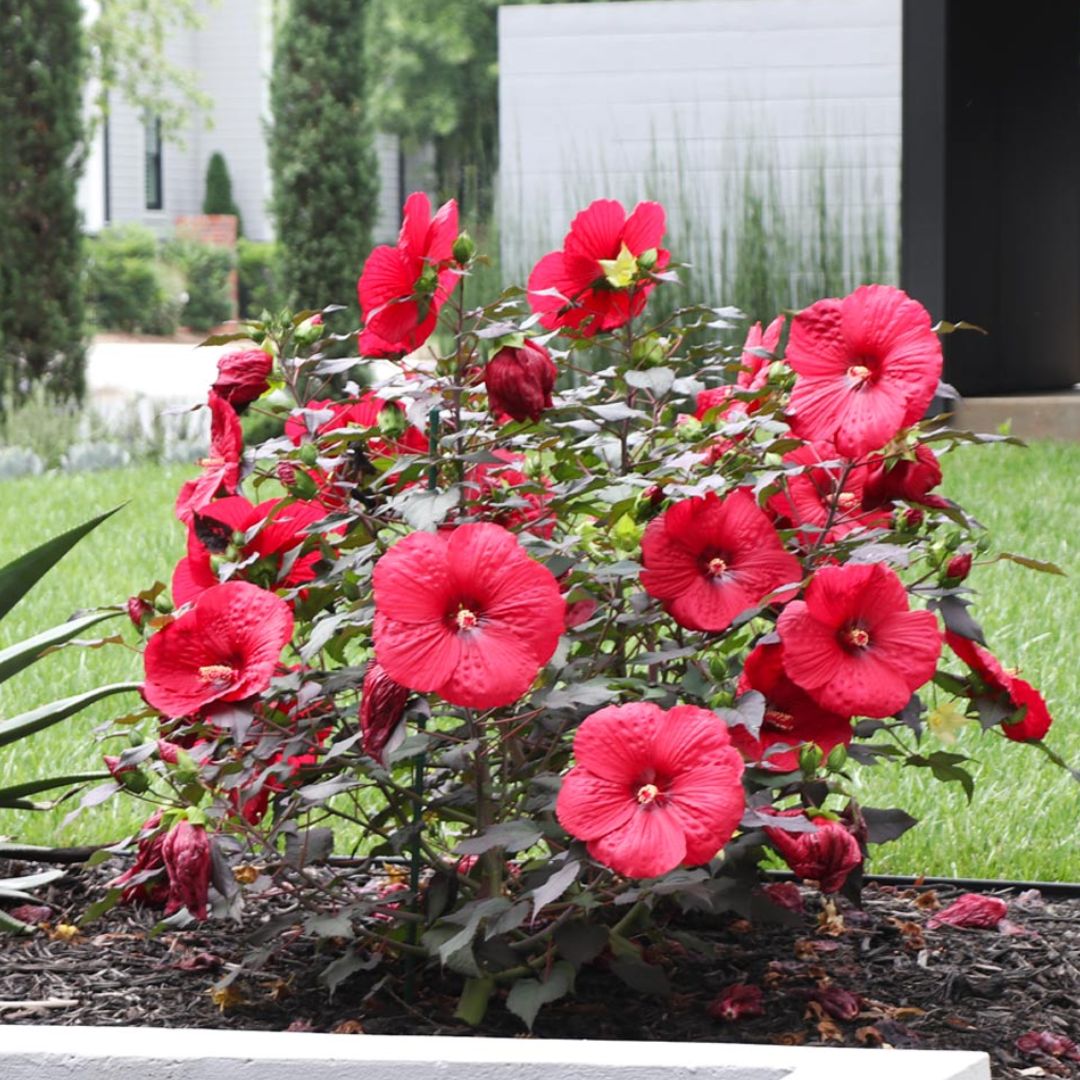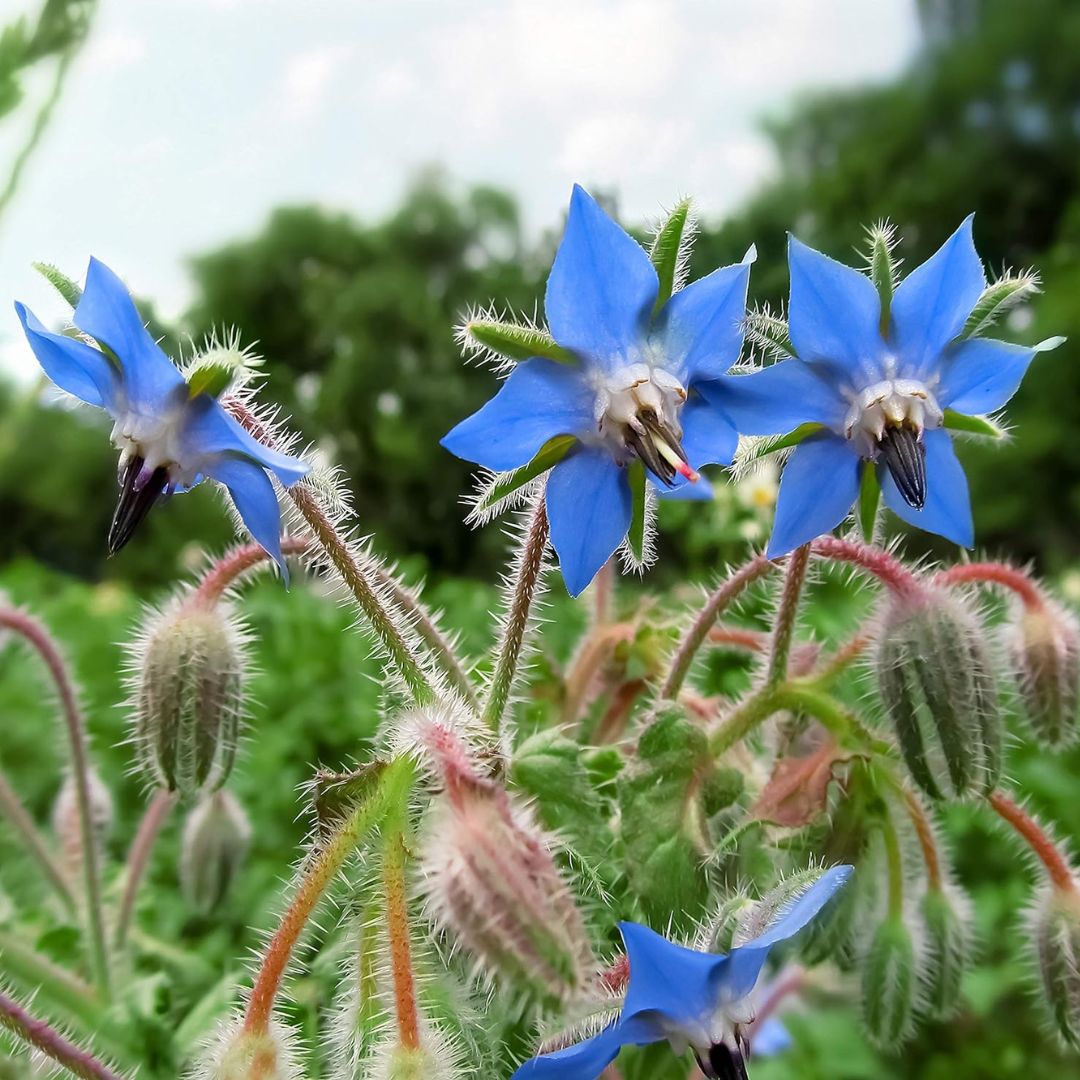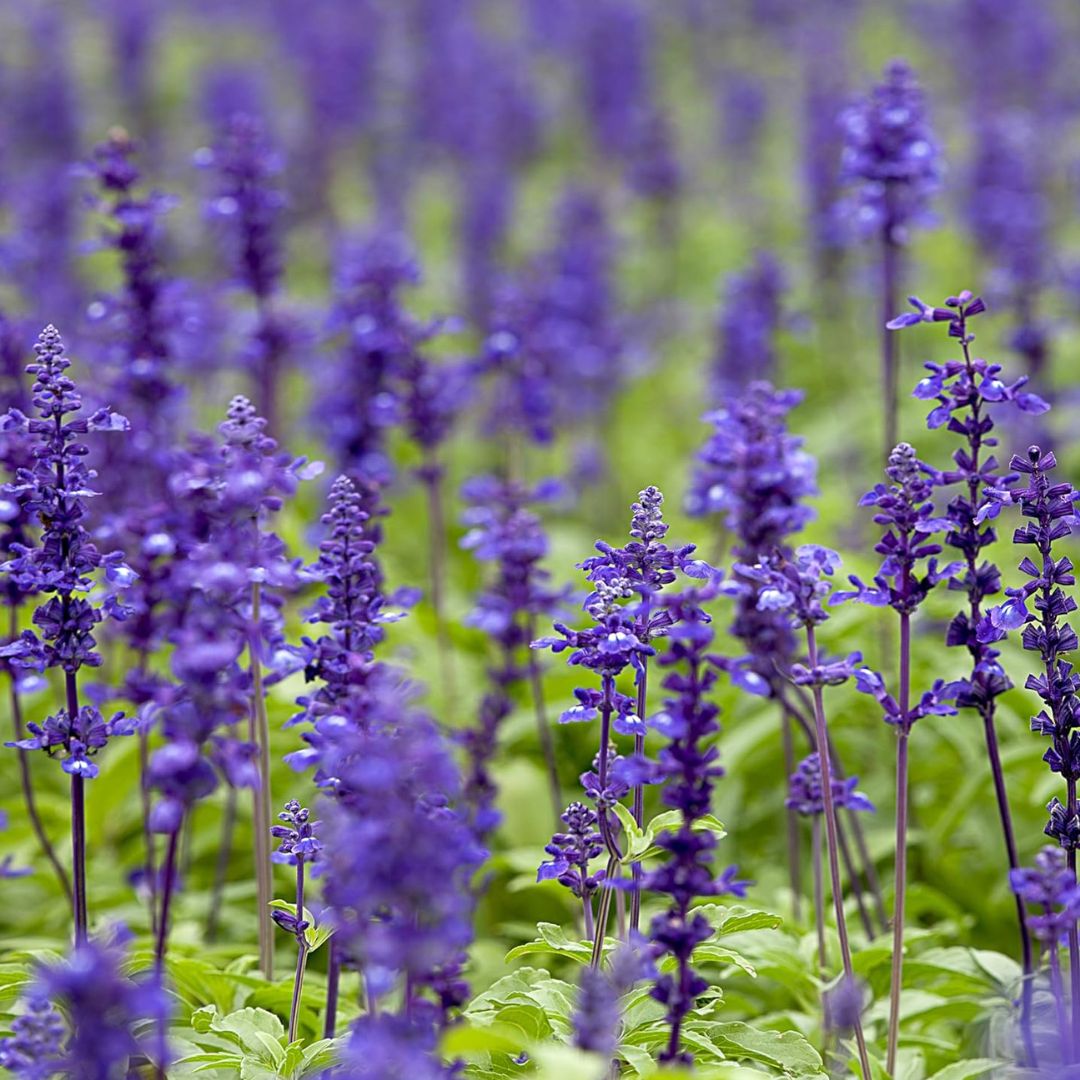These "Edimental" Plants are the Best Way to Grow Your Own, and Still Have a Beautiful Yard
Edimentals strike the balance between beauty and edible crops — they're a genius way to get the best of both worlds in a vegetable garden

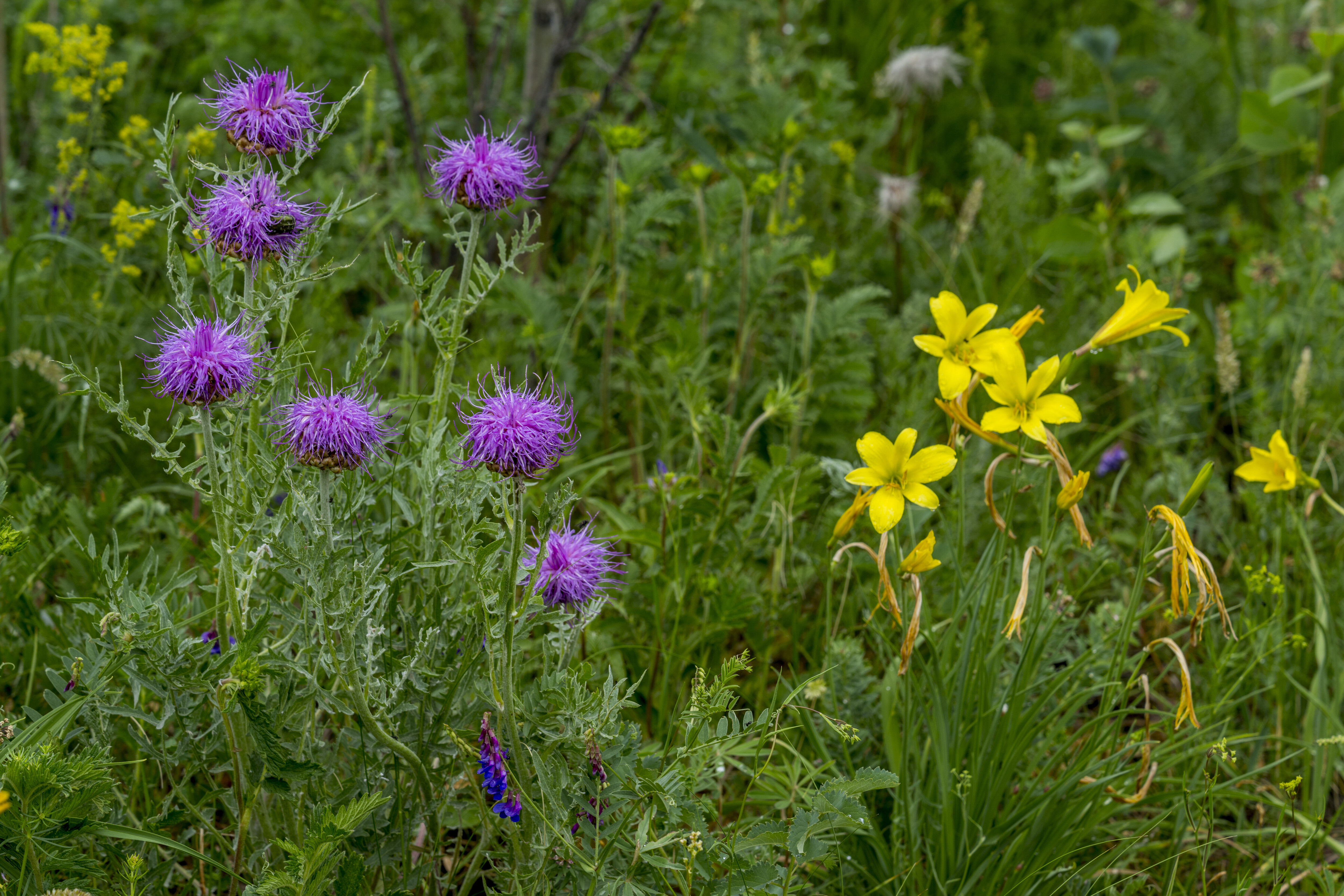
Growing edible crops in a garden can feel like a lot of work — especially if you're short on outdoor space and want your yard to look more traditional and less like an community garden.
Well, what if there was a way to get the best of both worlds? "Edimentals" may be the answer. These edible plants don't require a large patch dedicated to growing them, and they're characterized by actually looking lovely among the other plants in a modern garden.
Intrigued? We asked experts to give us a full lowdown on these plants that look good and taste even better. Here's everything you need to know about edimentals.
What are edimentals?
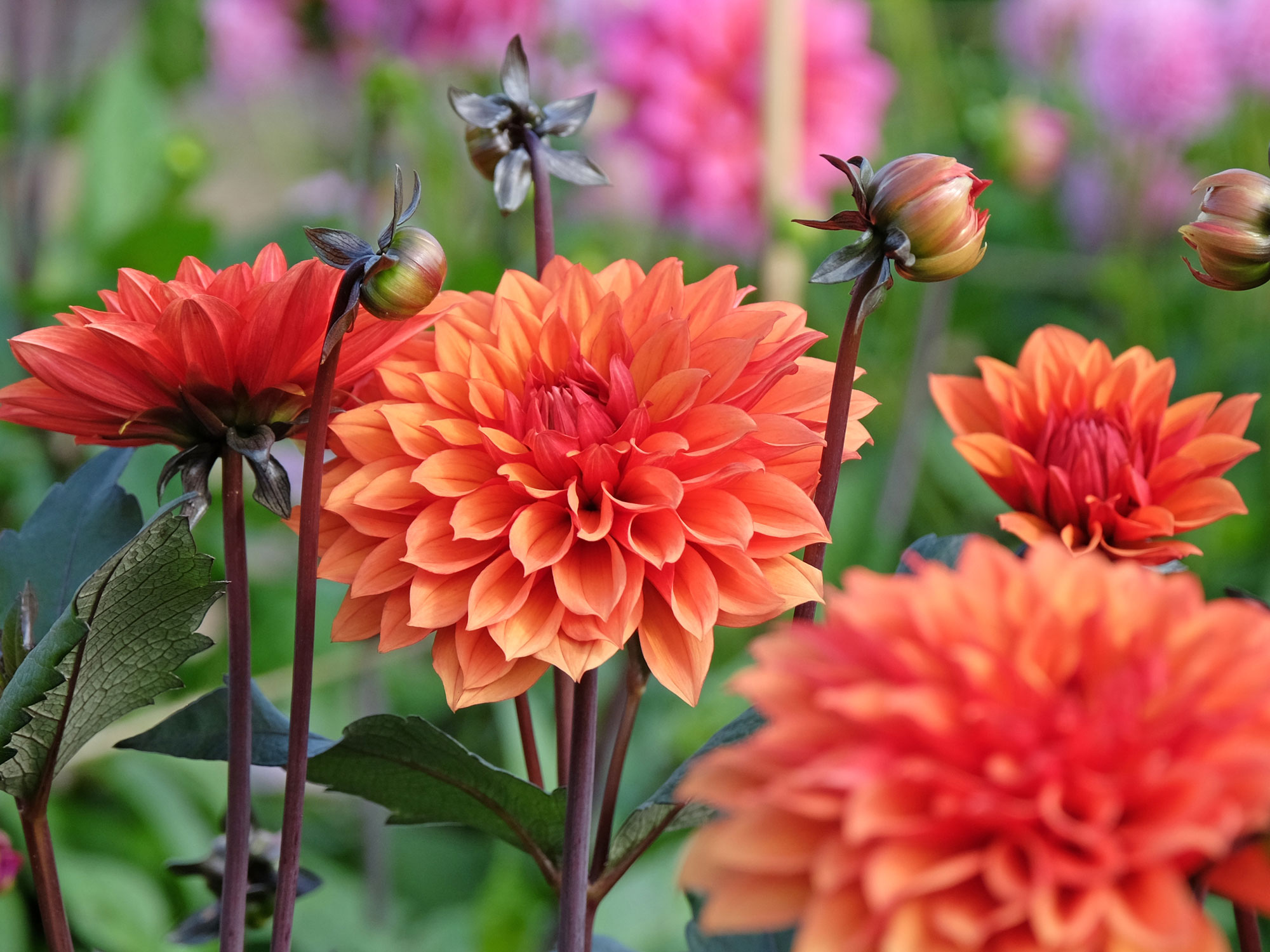
A great modern garden addition, edimentals are not only beautiful additions to your garden but also offer tasty and often highly nutritious fruits, leaves, roots, or flowers for consumption.
'Edimentals are having a real moment in garden design,' says Whitney Bromberg Hawkings, founder of FLOWERBX. 'More informal than an official growing patch, edimentals are both ornamental and edible. They add beauty to the outdoors while also offering a second life through their leaves, flowers, or fruits as garnishes or extra-special decorations for your dishes. These are usually foraged rather than harvested, making them a low-maintenance alternative to growing your own produce at home.'
'These add color and life to the garden,' says Chris Bonnett, founder of Gardening Express. 'What’s great for gardeners is that their backyards flourish with these beautiful plants and then they’re rewarded with a delicious bite to eat later.'
How can you design an Edimental garden?
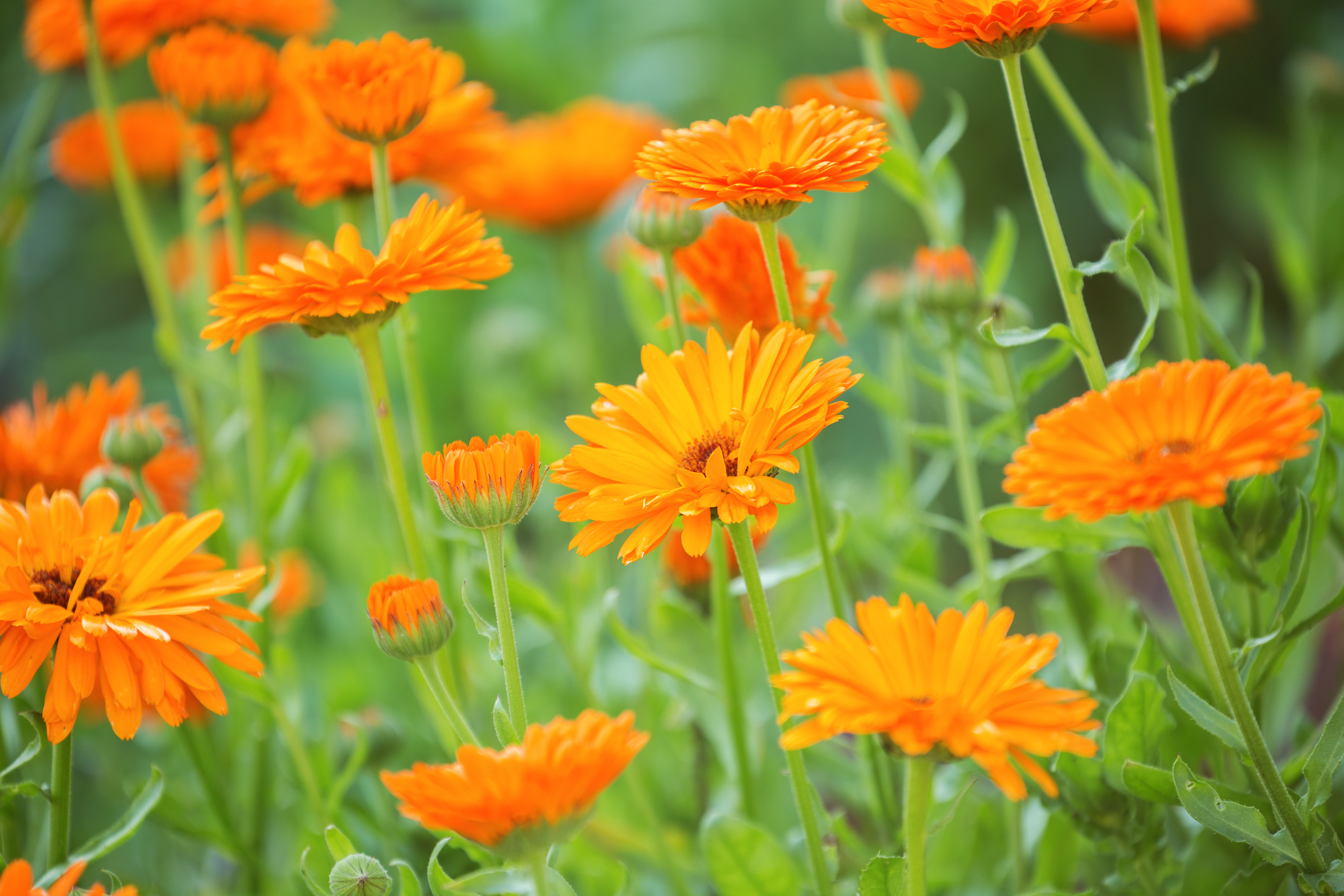
Wondering how to plan a modern garden with edimentals? It's important to keep the location and sun exposure in mind.
The Livingetc newsletters are your inside source for what’s shaping interiors now - and what’s next. Discover trend forecasts, smart style ideas, and curated shopping inspiration that brings design to life. Subscribe today and stay ahead of the curve.
'It’s important to decide where in your garden you’d like your edimental plants to be grown,' says Chris. 'One thing you have to bear in mind is how much sunlight they will receive as well as the increased chance of insects. It’s best to position them towards the end of the garden to prevent any critters from coming into the home. Vary the types of edimentals which you want to plant in the ground. Go for a range of options like Marigolds, French Beans, and Nasturtiums, as these will look great both in your garden and on your dinner plate.'
'Make sure to water them and provide plenty of mulch,' says Chris. 'Regularly monitor for insects leeching onto the leaves as they can harm the plants and make them inedible.'
What are some edimental plants?
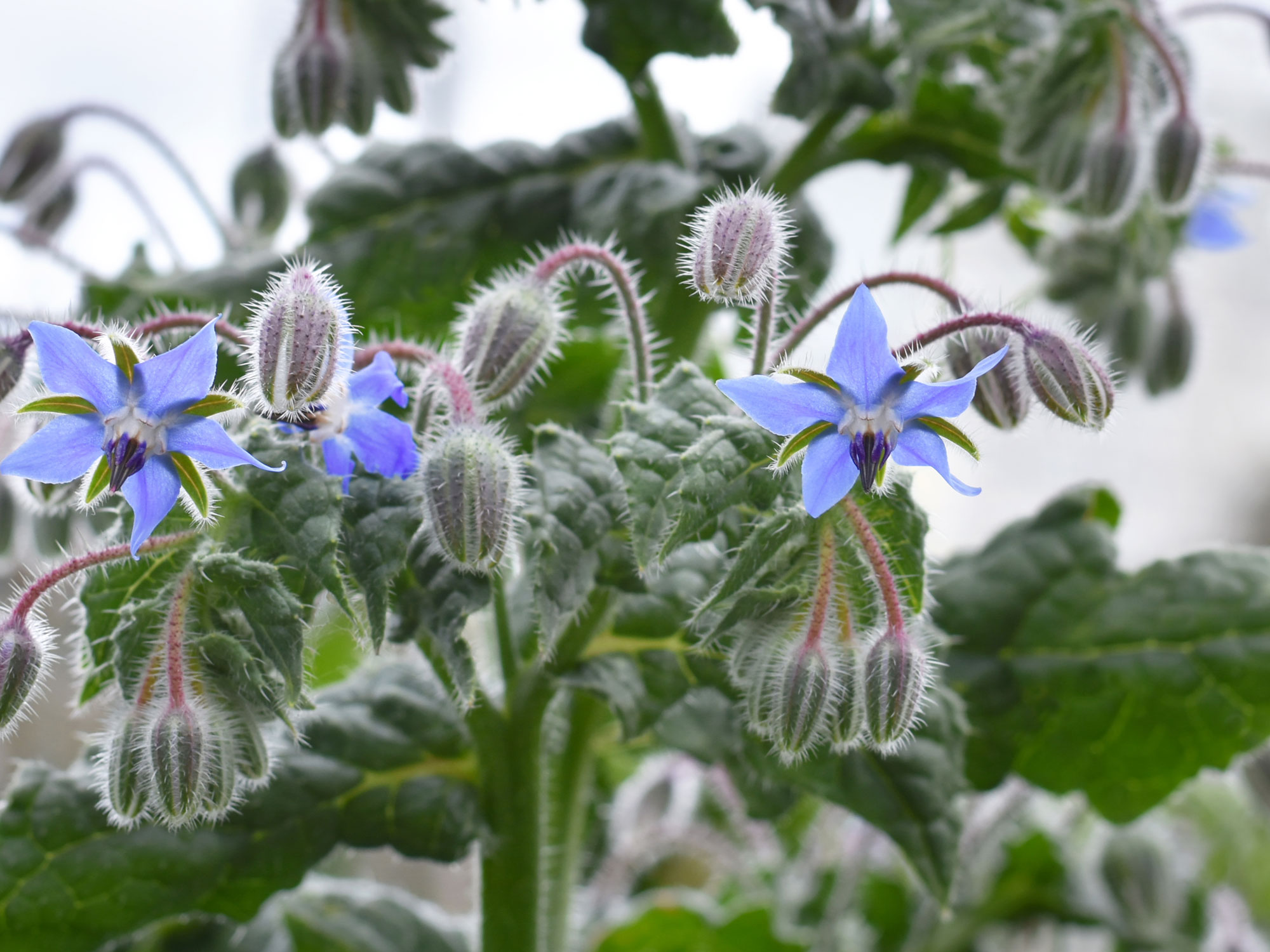
Whitney and Chris point out some of the more popular edimentals that you can easily grow at home.
1. Dahlia - its petals work beautifully sprinkled on salads or as decoration for a cocktail.
2. Borage - this works well as a pretty filler flower in the garden. Borage is easy to grow from seed and the flowers look beautiful to finish off a dessert. A big plus? Pollinators love them!
3. Ruby chard - its bright red stalks are so striking in the garden into winter, and it looks (and tastes) delicious pickled or in a salad.
4. Salvia - this features beautiful bright flowers with a sweet flavor, and is perfect when used as a garnish.
5. Marigolds - this is a great option to garnish salads and cold soups with as the petals are safe and tasty to consume. Make sure to check for any caterpillars leeching onto the plant as they also love its flavours.
6. Hibiscus - this is an eye-catching choice to add bold colors to the garden. The petals have a fruity scent when mixed into tea, creating a refreshing afternoon drink.
3 edimental plants to buy

Aditi Sharma Maheshwari started her career at The Address (The Times of India), a tabloid on interiors and art. She wrote profiles of Indian artists, designers, and architects, and covered inspiring houses and commercial properties. After four years, she moved to ELLE DECOR as a senior features writer, where she contributed to the magazine and website, and also worked alongside the events team on India Design ID — the brand’s 10-day, annual design show. She wrote across topics: from designer interviews, and house tours, to new product launches, shopping pages, and reviews. After three years, she was hired as the senior editor at Houzz. The website content focused on practical advice on decorating the home and making design feel more approachable. She created fresh series on budget buys, design hacks, and DIYs, all backed with expert advice. Equipped with sizable knowledge of the industry and with a good network, she moved to Architectural Digest (Conde Nast) as the digital editor. The publication's focus was on high-end design, and her content highlighted A-listers, starchitects, and high-concept products, all customized for an audience that loves and invests in luxury. After a two-year stint, she moved to the UK and was hired at Livingetc as a design editor. She now freelances for a variety of interiors publications.
